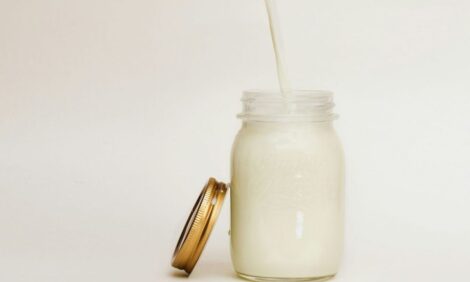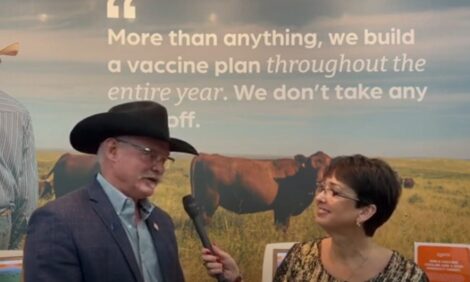- Semen evaluate bulls and trim feet, if necessary.
- Purchase new bulls using EPD’s as major selection criteria. Check history on health, including immunizations and diseases on the farm of origin.
- Monitor cows for possible calving problems.
- Start feeding supplement during winter to lactating mature cows using the following guidelines. Amount depends on the quality and amount of forage available and the condition, age, weight, and milk production of the cows.
| |
lb. supplement/day |
| |
40% crude protein |
20% crude protein |
| Dry grass |
3-4 |
3-4 |
| Dry grass + 10 lbs. good nonlegume hay |
2-3 |
4-5 |
| 25 lbs. good nonlegume hay |
none |
none |
| Dry grass + 10 lbs. alfalfa or other legume hay |
none |
none |
Young, lactating cows have 20 to 25 percent greater supplemental needs than indicated above. If vitamin A deficiency is likely (i.e., dry year, lactation), provide in supplement or by injection. Green pasture during the fall and winter can replace much of the purchased protein supplement.
|
- Wean calves. If green winter pasture is available for cows, delay weaning summer-born calves a few months.
- Pregnancy check cows and bred heifers. Consider culling females that are open, old, poor producers, or have feet, leg, eye or udder problems.
- Vaccinate newly weaned calves kept as stockers or replacements with Leptospira bacterin and IBR, PI3, BRSV, and BVD vaccine. Consult a veterinarian about this vaccination program and other diseases that are a local problem.
- Treat cows and calves for internal parasites and lice, as necessary.
- Complete selection and culling outlined in September.
- In late October or November, start feeding supplement to mature cows using these guidelines.
| |
b. supplement/day |
| |
40% crude protein |
20% crude protein |
| Dry grass |
1 1/2-2 |
3-4 |
| Dry grass + 10 lbs. good nonlegume hay |
none |
none |
Heifers require more supplemental feed than indicated above.
- Heifer calves should gain a minimum of one pound per day during winter, and pregnant yearlings a minimum of a half pound per day. Steer calves carried over to yearlings should gain one half to one pound per day. All these groups should be managed separately.
- If ample forage is available (six inches or more), limit-graze small grain pastures to supplement cows on low-quality roughage. Graze small grain pastures one to two days per week with dry cows, and three to four days per week with lactating cows (for example, graze every other day and skip Sunday).
|
- October 15 is the last date for treating cattle with a grubicide.
- Beginning in late October or November, provide supplemental feed for bulls on dry grass according to age and condition:
a) feed mature bulls three to four pounds of a 40 percent crude protein supplement per day;
b) feed young bulls eight to 10 pounds of a high-energy, 20 percent protein supplement; and
c) additional concentrates
|
may be needed during the first month of the breeding season.
- Overseed bermuda grass with small grains.
- Evaluate cows’ body condition score at weaning. Develop winter nutrition program to have cows in BCS of five or six at calving to enhance rebreeding performance.
|




 This Beef Cow Herd Calendar was developed as a production practice and management guide for Oklahoma cattle producers. Local adjustments and adaptations in some areas may be necessary due to differences in types of grass and cattle, amount of rainfall, length of growing season or other factors. Assistance in making these adjustments for local farms is immediately available to cattle producers by calling or visiting the county or area Extension office.
This Beef Cow Herd Calendar was developed as a production practice and management guide for Oklahoma cattle producers. Local adjustments and adaptations in some areas may be necessary due to differences in types of grass and cattle, amount of rainfall, length of growing season or other factors. Assistance in making these adjustments for local farms is immediately available to cattle producers by calling or visiting the county or area Extension office.


